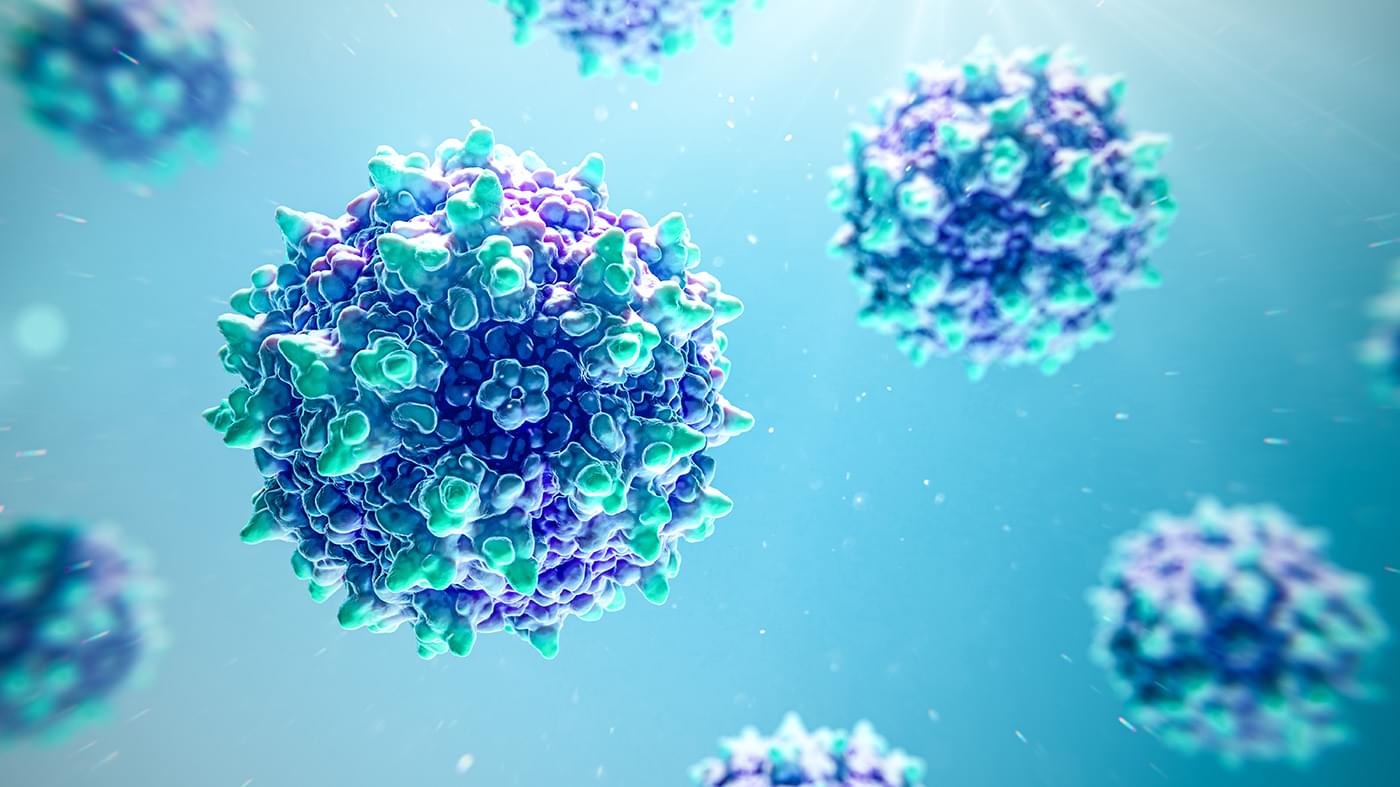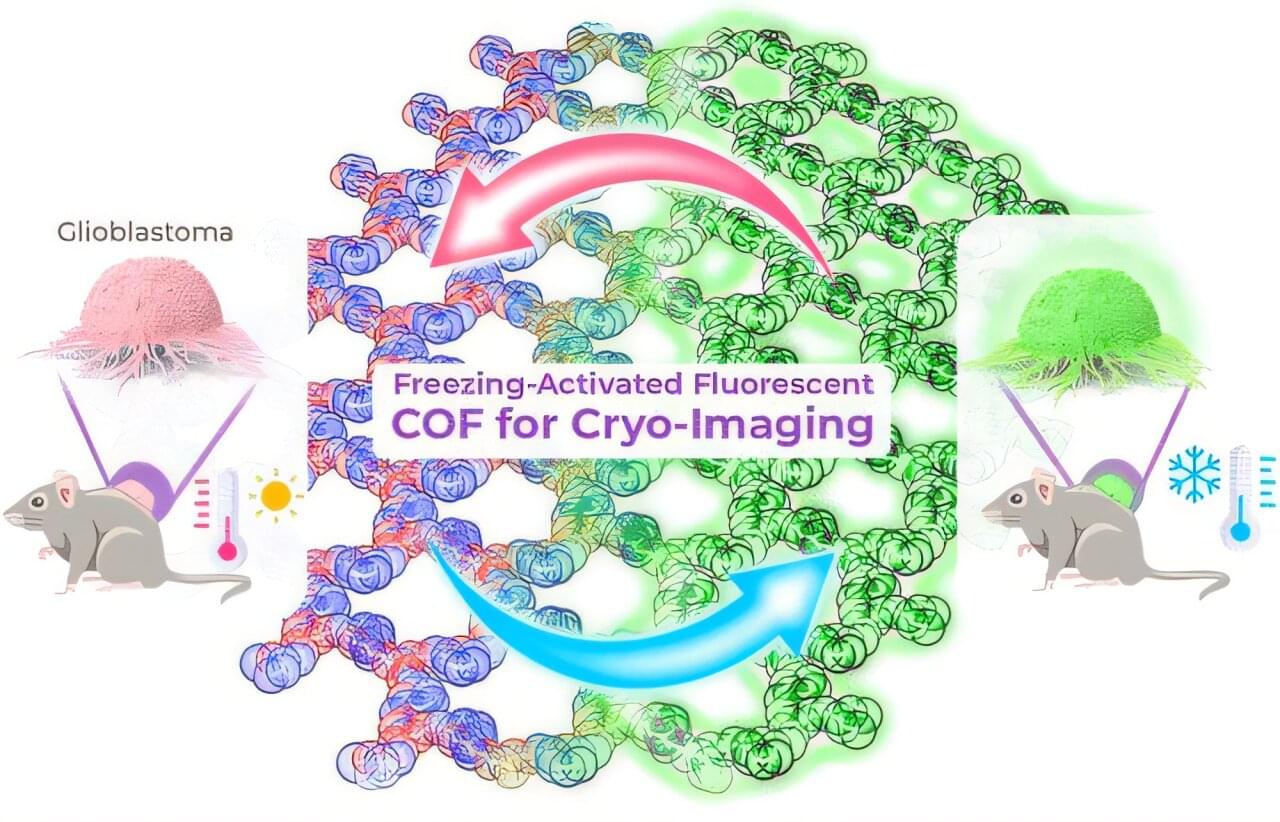
Category: biotech/medical – Page 432


AAV Gene Therapy for Maple Syrup Urine Disease Shows Promise
Maple syrup urine disease (MSUD) is a rare genetic inborn error of metabolism characterized by recurrent life-threatening neurologic crises and progressive brain injury. The disease is typically caused by biallelic mutations in genes (branched-chain α-ketoacid dehydrogenase E1α (BCKDHA), E1β (BCKDHB), or dihydrolipoamide branched-chain transacylase (DBT)) subunits which interact to form the mitochondrial BCKDH complex that decarboxylates ketoacid derivatives of leucine, isoleucine, and valine. MSUD can be treated by a strictly controlled diet or allogeneic liver transplantation.
Now, new work demonstrates that a gene therapy prevented newborn death, normalized growth, restored coordinated expression of the affected genes, and stabilized biomarkers in a calf as well as in mice.
This work is published in Science Translational Medicine in the paper, “BCKDHA-BCKDHB digenic gene therapy restores metabolic homeostasis in two mouse models and a calf with classic maple syrup urine disease.”

Scientists aiming to bring back woolly mammoth create woolly mice
A plan to revive the mammoth is on track, scientists have said after creating a new species: the woolly mouse.
Scientists at the US biotechnology company Colossal Biosciences plan to “de-extinct” the prehistoric pachyderms by genetically modifying Asian elephants to give them woolly mammoth traits. They hope the first calf will be born by the end of 2028.

Doctor reveals ‘one overlooked nutrient’ that fights cancer, heart disease and diabetes
A dietitian has issued a warning that many people are lacking a crucial nutrient that can reduce the risks of diabetes, heart disease, and cancer.
Dr. Carrie Ruxton has provided insights on the recommended intake, its health benefits, and how to include it in your diet. The medical specialist and advisor to the General Mills fibe r campaign stated that millions of people were “missing out on a vital nutrient which protects us against killer diseases simply because they don’t understand what it does in the body.” That’s the finding of a report about fiber — often called roughage.
Dr. Ruxton said that “adults should eat 30 grams of fiber a day.” But she added: “In reality, people are missing the target by a huge 10 g/day, placing themselves at greater risk of the world’s biggest killers – type 2 diabetes, cardiovascular disease, and cancer.

Bacteria found to eat forever chemicals — and even some of their toxic byproducts
Bacteria have started eating our pollution.
A recent study revealed that a bacterial strain, called Labrys portucalensis F11, isolated from contaminated soil, can break down the exceptionally strong carbon-fluorine bonds in forever chemicals (PFAS), including some of the concerning shorter-chain varieties.
PFAS, or per-and polyfluoroalkyl substances, are a group of man-made chemicals widely used since the 1950s in numerous products, from nonstick cookware to firefighting foam.
Their widespread use and resistance to degradation have led to their ubiquitous presence in the environment and even in human blood, earning them the moniker forever chemicals. While most remediation efforts focus on containment, F11 bacteria can dismantle these chemicals. Within 100 days, the study showed F11 metabolized over 90% of perfluorooctane sulfonic acid, a hazardous form of PFAS. It also degraded significant amounts of other PFAS compounds. This research tracked not just the parent PFAS, but also the resulting metabolites, some of which F11 further degraded. This is crucial, as some byproducts are equally or more toxic.
While degradation is currently slow, future research will optimize conditions for faster consumption, even with competing carbon sources.
The long-term goal is a practical bioremediation strategy, potentially using F11 in wastewater treatment or through bioaugmentation in contaminated soil and groundwater. This research marks a significant advance in sustainable PFAS remediation, offering hope for a future with less “forever chemical” contamination.
Learn more https://www.buffalo.edu/news/releases/2025/01/bacteria-found…cals.html#

Blind No More? Revolutionary Stem Cell Therapy Restores Vision With 92% Success
A new stem cell therapy, CALEC, has demonstrated a 92% success rate in regenerating corneas and restoring vision. This breakthrough procedure is still experimental but shows immense promise for those with previously untreatable eye injuries.
An expanded clinical trial that tested a groundbreaking, experimental stem cell treatment for blinding cornea injuries found the treatment was feasible and safe in 14 patients who were treated and followed for 18 months, and there was a high proportion of complete or partial success. The results of this new phase 1/2 trial published March 4, 2025 in Nature Communications.
<em>Nature Communications</em> is an open-access, peer-reviewed journal that publishes high-quality research from all areas of the natural sciences, including physics, chemistry, Earth sciences, and biology. The journal is part of the Nature Publishing Group and was launched in 2010. “Nature Communications” aims to facilitate the rapid dissemination of important research findings and to foster multidisciplinary collaboration and communication among scientists.

These smart contact lens prototypes could convince future me to ditch my glasses thanks to wireless power transfer and eye health biosensing
A self-acclaimed “deep tech” company focused on the next generation of computing has unveiled three smart contact lens prototypes at MWC 2025, giving us a glimpse into the technology that could shape vision health of the future.
XPANCEO took the covers off its three prototypes, each one showcasing a unique technology that could feature in future “smart” contact lenses.

Microsoft Dragon Copilot provides the healthcare industry’s first unified voice AI assistant that enables clinicians to streamline clinical documentation, surface information and automate tasks
REDMOND, Wash. — March 3, 2025 — On Monday, Microsoft Corp. is unveiling Microsoft Dragon Copilot, the first AI assistant for clinical workflow that brings together the trusted natural language voice dictation capabilities of DMO with the ambient listening capabilities of DAX, fine-tuned generative AI and healthcare-adapted safeguards. Part of Microsoft Cloud for Healthcare, Dragon Copilot is built on a secure modern architecture that enables organizations to deliver enhanced experiences and outcomes across care settings for providers and patients alike.
Clinician burnout in the U.S. dropped from 53% in 2023 to 48% in 2024, in part due to technology advancements. However, with an aging population, and persistent burnout felt across the profession, a significant U.S. workforce shortage is projected. In response, health systems are adopting AI to streamline administrative tasks, enhance care access, and enable faster clinical insights to improve healthcare globally.
“At Microsoft, we have long believed that AI has the incredible potential to free clinicians from much of the administrative burden in healthcare and enable them to refocus on taking care of patients,” said Joe Petro, corporate vice president of Microsoft Health and Life Sciences Solutions and Platforms. “With the launch of our new Dragon Copilot, we are introducing the first unified voice AI experience to the market, drawing on our trusted, decades-long expertise that has consistently enhanced provider wellness and improved clinical and financial outcomes for provider organizations and the patients they serve.”

Scientists Discover Natural Compound That Stops Cancer Progression
Scientists have discovered a natural compound that can halt a key process involved in the progression of certain cancers and demyelinating diseases—conditions that damage the protective myelin sheath surrounding neurons, such as multiple sclerosis (MS).
A study published in the Journal of Biological Chemistry identified a plant-derived flavonoid called sulfuretin as an inhibitor of an enzyme linked to both MS and cancer. The research, conducted in cell models at Oregon Health & Science University, demonstrated that sulfuretin effectively blocked the enzyme’s activity. The next phase of research will involve testing the compound in animal models to evaluate its therapeutic potential, effectiveness, and possible side effects in treating cancer and neurodegenerative diseases like MS.

Nanoscale material illuminates cancer cells in freezing conditions for precise cryosurgery
Researchers at NYU Abu Dhabi (NYUAD) have developed an innovative tool that enhances surgeons’ ability to detect and remove cancer cells during cryosurgery, a procedure that uses extreme cold to destroy tumors. This breakthrough technology involves a specialized nanoscale material that illuminates cancer cells under freezing conditions, making them easier to distinguish from healthy tissue and improving surgical precision.
Detailed in the study “Freezing-Activated Covalent Organic Frameworks for Precise Fluorescence Cryo-Imaging of Cancer Tissue” in the Journal of the American Chemical Society, the Trabolsi research group at NYUAD designed a unique nanoscale covalent organic framework (nTG-DFP-COF) that responds to extreme cold by increasing its fluorescence. This makes it possible to clearly differentiate between cancerous and healthy tissues during surgery.
The material, prepared by Gobinda Das, Ph.D., a researcher in the Trabolsi Research Group at NYUAD, is engineered to be biocompatible and low in toxicity, ensuring it interacts safely within the body. Importantly, it maintains its fluorescent properties even in the presence of ice crystals inside cells, allowing real-time monitoring during cryosurgery.